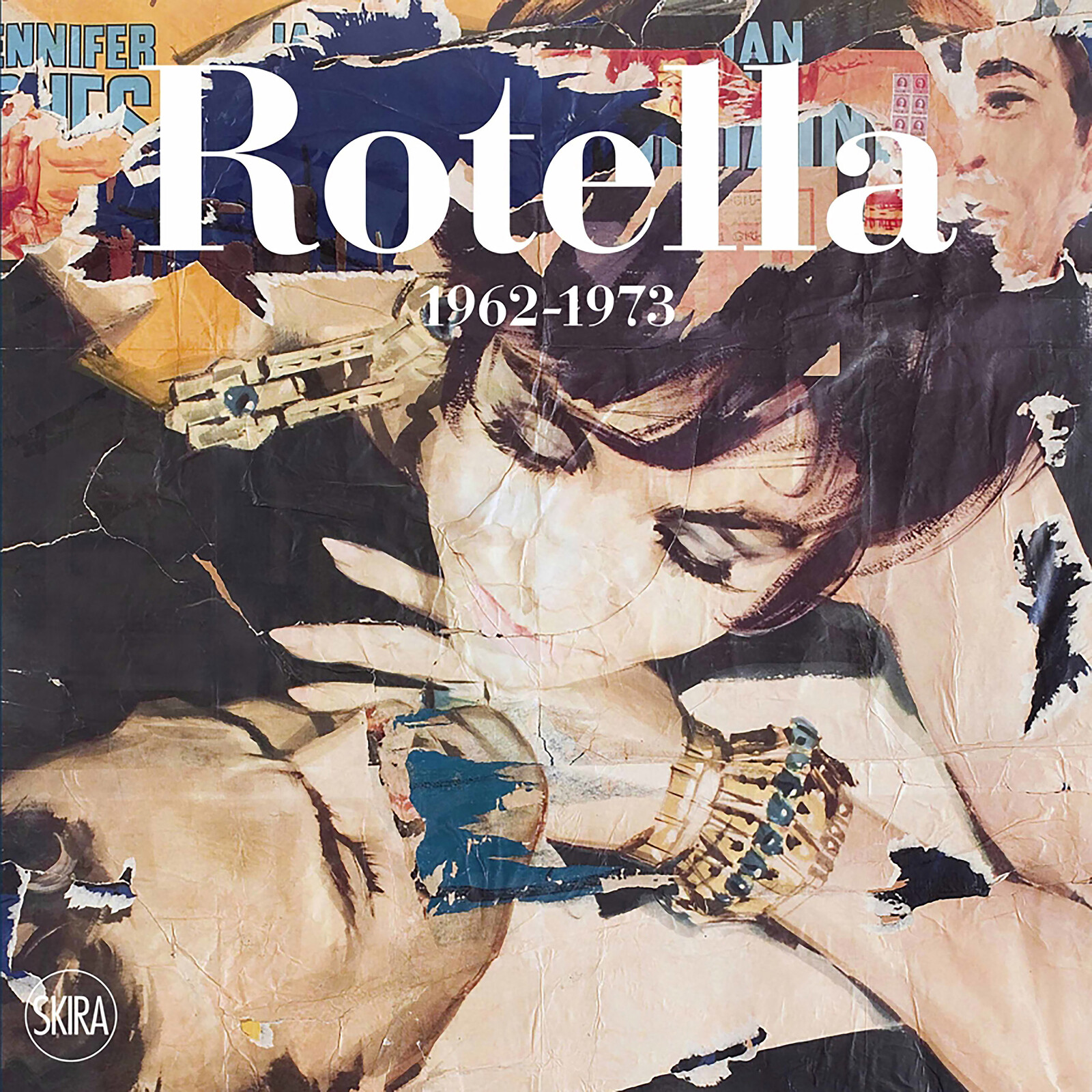Edited by Germano Celant. Published by Skira, Milan.
Aghnessa Rotella, heir of Mimmo Rotella and President of the Fondazione Mimmo Rotella, Inna Rotella, heir of Mimmo Rotella and Advisor of the Fondazione Mimmo Rotella, Mario Nuciforo, Vice President of the Fondazione Mimmo Rotella, are pleased to announce the recent publication of Mimmo Rotella. Catalogue raisonné. Volume two 1962-1973, edited by Germano Celant and published by Skira, Milan.
As part of a larger project involving the systematic cataloguing of the artist’s entire corpus, in this volume the scholarly analysis and verification are carried out on works made between 1962 and 1973, when Rotella consolidated his décollage practice in its most graphic and pop aspects and began exploring photomechanical image reproduction techniques.
Mimmo Rotella. Catalogue raisonné. Volume two 1962-1973, in Italian and English, consists of 716 pages with about 2050 color images and 300 in black & white.
The Fondazione Mimmo Rotella and the Mimmo Rotella Institute are also pleased to inform you that the preparation of Mimmo Rotella. Catalogue raisonné. Volume three 1974-1990 is underway, edited by Antonella Soldaini, Director of the Mimmo Rotella Institute, following Germano Celant’s project and methodology, published by Skira, Milan.
The volume will examine the artist’s activity between 1974 and 1990. In those years Rotella, who had by now made a name for himself at an international level, refined the languages he had developed over the preceding period: the frottage and the effaçage, the artypo and the photo emulsion on canvas, which, at the end of the 1970s, derived its subjects from the salient events of the anni di piombo. In the early 1980s the artist also invented the technique of the blank or “covering,” in which the advertising posters were covered with monochrome sheets of paper, while in the middle of the decade he went back to painting, first with acrylics of large size inspired by the world of the cinema and then with the sovrapitture or “overpaintings,” in which he intervened with intense and instinctive strokes of paint on whole or already torn posters. The volume concludes in 1990, when Rotella confirmed the central role of the décollage in his practice.
For information regarding the delivery of material relative to the works from this period, please contact the Mimmo Rotella Institute: info [at] mimmorotellainstitute.it.



